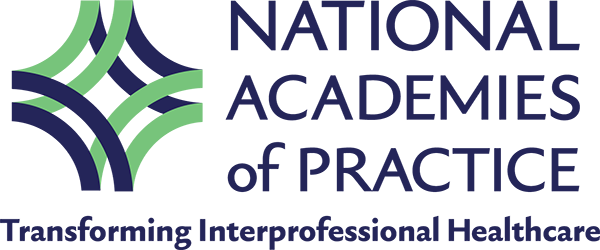NAP Interprofessional Practice and Education LexiconNAP Lexicon 2.0
“When people speak with one language, one understanding of each other, they are able to accomplish almost anything.” [Genesis] In May 2020 the NAP Executive Committee assembled a Task Force with a defined purpose to develop a common NAP Lexicon to describe the terminology used across and within the organization and that would be used consistently across and throughout our communications, including publications, committees/task forces/shared work groups, and other associated products and services. The Task Force identified key stakeholders and organizations working in the field, including individuals using and those providing interprofessional care and service as well as policy makers and potential funders to inform its work, and reviewed related and relevant documents as well as the literature to assemble this preliminary document. The Task Force took a global perspective wherever available to generate a Lexicon to support NAP’s work to advance advocacy, education, practice, public policy, and research, however, appreciates that additional input from the Academies is needed at this point in time. Importantly, the Lexicon is intended as an iterative document that will be reviewed and refined systematically to add clarity over time by our Academies. With these considerations in mind the lexicon is currently divided into the following categories:
In May 2022, a Work Group was created [Lexicon 2.0] to review and to update the definitions and terminology utilized in the communications among healthcare professionals from the different academies of the National Academies of Practice. The original document was developed in 2020 as a dynamic lexicon to foster clarity, inclusion, and to adapt to the evolving nature of healthcare. The 2022 Work Group updated terminology to include identified synonyms, created visual graphics to represent the lexicon, and recommended inclusion of 'holistic health approaches', such as 'One Health' terminology, as emerging terminology related to IPP/IPC. In addition, the Justice, Equity, Diversity, and Inclusion Task Force interfaced with the Lexicon 2.0 Work Group to include the commitment to justice, equity, diversity, and inclusion among the disciplines represented as academies within the National Academies of Practice. This document includes an integrated statement based upon the documents available from professional associations represented by each Academy. For the purposes of NAP academies seeking transparency, inclusivity, and full representation, including communication with accrediting bodies for academic and healthcare clinical programs, the following terms are defined:
NAP Lexicon 2.0Approved by Council, 10/25/22 |

